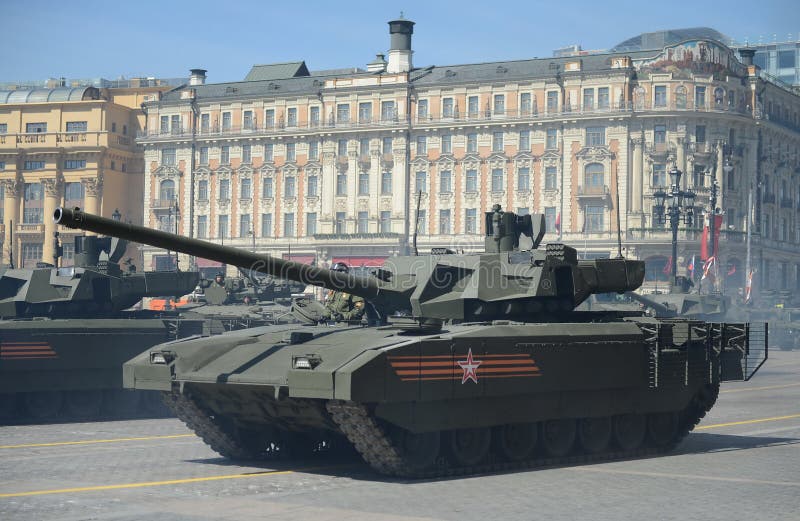

It is for this reason that the 2-3,000 T-64s in storage will never return to service. This tank was fitted with the 5TDF engine, a failed attempt to copy a German wartime bomber engine.

The exception to this practical Soviet approach is the T-64. The V-84 (T-72s), V-92S2F (T-72B3s, T-90s), the UTD-20 (BMP-1s and BMP-2s), and UTD-29 (BMP-3s) are further upgrades of this engine. The V-2 is the Kalashnikov of tank engines. All Russian tank engines, remarkably, are descended from the highly successful V-2 diesel engine designed in 1931 at the Kharkov Locomotive Plant (now destroyed by Russian forces).

However, in the case of T-14 Armata the idea did not start from the cancelled T-95, or even a tank design, but with an engine. Conceptual vehicles with unmanned turrets had existed since the 1980s (CIA Top Secret ‘Soviet Tank Programs’, NI IIM 84-10016, 1 Dec 84 offers interesting historical perspectives on these designs). This tank, a casualty of the troubled 1990s, was finally abandoned in 2010. The origins of T-14 Armata lie in the cancelled T-95 (Object 148). This article explains its demise and wider implications. Seven years later it can be stated with confidence the Armata story is over. When the T-14 Armata tank was sensationally unveiled at the 9 May Victory Day parade, in 2015, it embarrassingly broke down in front of thousands of onlookers during rehearsals.


 0 kommentar(er)
0 kommentar(er)
